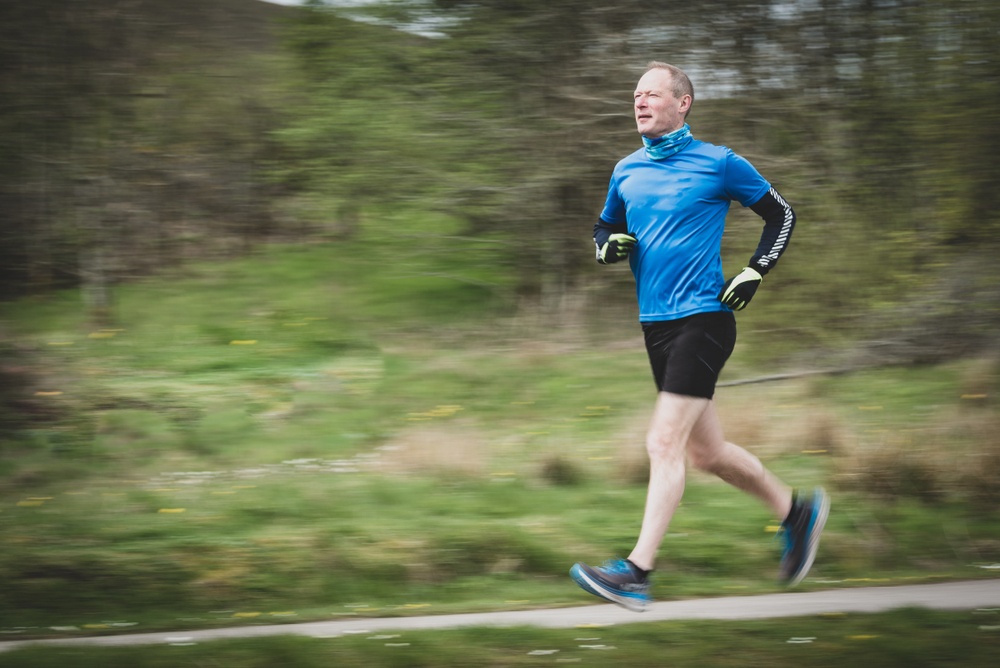
According to research from Louisa Tichy, a graduate student at the University of North Carolina in Greensboro, exercising prior to cancer development can help slow tumor growth and decrease symptoms of wasting syndrome, better known as cachexia. Up to 80% of advanced cancer patients contract cachexia, which is responsible for nearly a third of all cancer–related deaths. Symptoms include severe progressive muscle wasting, decreased heart function and structure quality, and a worse quality of life. Research from previous studies proves exercise can have anti-inflammatory and positive effects when it comes to cachexia, but there’s very little research relating specifically to preconditioning.
A study performed with mice included two groups: mice that were active on a treadmill and sedentary mice. After eight weeks, cancer was induced in the active and sedentary mice, with some mice left alone as a control group. Using echocardiology to measure, researchers observed that sedentary mice with cancer had worse heart conditions than their active counterparts, who had smaller volume and mass by 60%. Preconditioning was found to play a vital role in protecting cardiac structure and function, even when the animals didn’t exercise while bearing the tumor. The new findings were presented by Tichy at the American Society for Investigative Pathology’s annual 2022 Experimental Biology meeting, which took place April 2-5 in Philadelphia.
Researchers are working to further understand cancer-affected proteins and pathways to help create informed exercise interventions, including safe and effective intensities, durations, and length of exercise times, which need more preclinical study before testing any exercise routines on cancer patients.
“Most exercise, especially aerobic exercise, is easily accessible and affordable,” said Tichy, via a press release about the study. “Therefore, engaging in consistent aerobic exercise such as running is a cost-effective way to reduce the risk of cancer and cancer complications… This data is crucial in identifying the significance of exercise and the best timing of exercise as a protective and preventative measure against the detrimental effects of cancer cachexia.”







 © 2025 Mashup Media, LLC, a Formedics Property. All Rights Reserved.
© 2025 Mashup Media, LLC, a Formedics Property. All Rights Reserved.